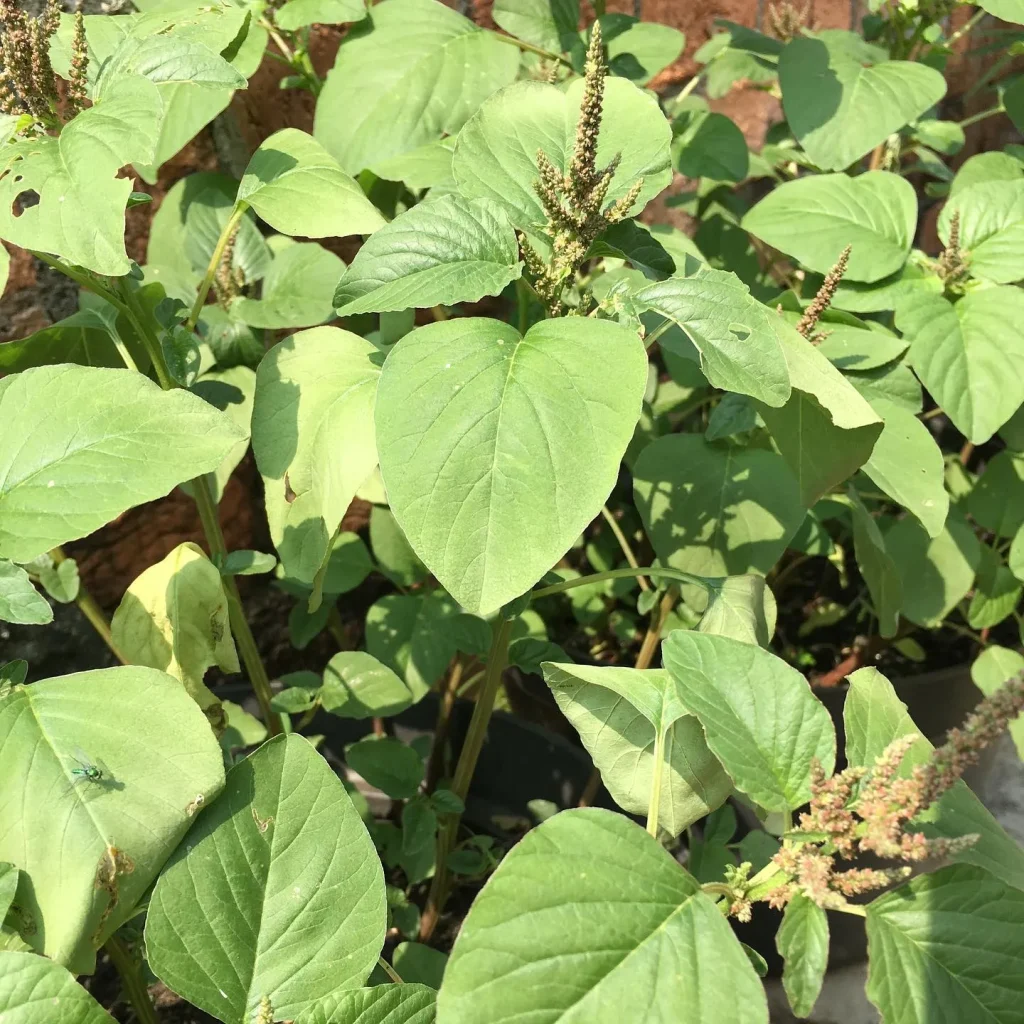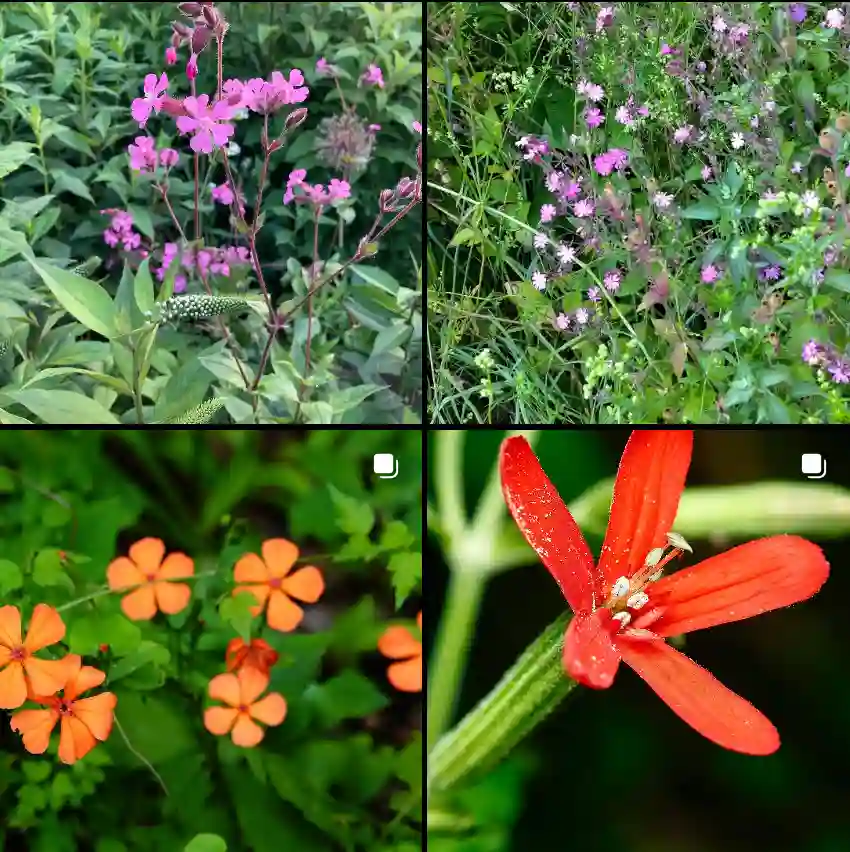Nepenthes Macrophylla: A Q&A with Ferb Vu
Hello, carnivorous plant enthusiasts! I’m Ferb Vu, and today we’re diving deep into the fascinating world of the Nepenthes Macrophylla. This incredible pitcher plant, also known as the Large-Leaved Pitcher-Plant, is a true showstopper. But its rarity and specific needs make it a challenge to cultivate.
Here, I’ll answer some of the most common questions about the Nepenthes Macrophylla, dispelling myths and sharing my experience growing this botanical marvel.
Plant Family: Nepenthaceae – 207 Species in Genus Nepenthes
Where is the Nepenthes Macrophylla From?
This beauty hails from the summit of Mount Trusmadi in Sabah, Malaysian Borneo. It’s a true highland dweller, thriving in cool, high-altitude environments. Sadly, its specific habitat makes it critically endangered due to poaching and habitat loss.
How Does the Nepenthes Macrophylla Differ from Other Pitcher Plants?
Nepenthes Macrophylla stands out for its impressive size. Its climbing vines can reach over 10 meters in length, and its namesake pitchers are some of the largest in the Nepenthes family. These specialized leaves are modified into fascinating traps, luring insects with vibrant colors and sweet-smelling nectar. Once an unsuspecting prey ventures inside, downward-pointing hairs and a slippery surface prevent escape. Digestive fluids then break down the insect, providing vital nutrients for the plant.
Compared to lowland Nepenthes varieties, the Macrophylla requires cooler temperatures, with significant day-night fluctuations. It also thrives in high humidity, mimicking its misty mountain home.
Is the Nepenthes Macrophylla Difficult to Grow?
Yes, the Nepenthes Macrophylla is known to be a challenging plant for beginner carnivorous plant enthusiasts. Its specific temperature and humidity requirements can be difficult to maintain indoors. However, with dedication and the right setup, cultivating this magnificent plant can be incredibly rewarding.
What are the Key Factors for Growing a Healthy Nepenthes Macrophylla?
Here are the crucial elements for Nepenthes Macrophylla success:
- Temperature: Aim for daytime temperatures between 66-75°F (19-24°C) and nighttime dips to 48-57°F (9-14°C). This mimics its natural mountain habitat.
- Humidity: High humidity is essential. Aim for 70-90% or even higher. Terrariums or specialized growing chambers are often necessary.
- Light: Bright, indirect light is ideal. Avoid harsh, direct sunlight.
- Water: Use only distilled or rainwater to avoid mineral build-up. Keep the potting media consistently moist but not soggy.
- Potting Media: A well-draining, airy mix is crucial. Sphagnum moss is a popular choice.
- Feeding: While the pitchers trap insects, occasional supplemental feeding with bloodworms or specially formulated solutions can be beneficial.
How Often Do the Pitchers Need to be Emptied?
The Nepenthes Macrophylla uses the fluids in its pitchers to digest prey and absorb nutrients. It’s best to leave the pitchers full until they start to darken and decompose naturally. Avoid manually emptying them unless absolutely necessary, as this can stress the plant.
How Fast Does the Nepenthes Macrophylla Grow?
Patience is key with this slow-growing species. Don’t expect rapid results. With proper care, you can see steady growth over time, but it might take years for your Macrophylla to reach its full, majestic potential.
Where Can I Find a Nepenthes Macrophylla?
Due to its rarity and specific needs, Nepenthes Macrophylla is not widely available commercially. Reputable carnivorous plant nurseries specializing in rare Nepenthes varieties might offer them occasionally. Be cautious of online vendors, as some may sell illegally collected plants.
Is the Nepenthes Macrophylla Worth the Challenge?
For passionate carnivorous plant enthusiasts who can provide the specific conditions it requires, the Nepenthes Macrophylla is an unparalleled treasure. Its large, majestic pitchers and unique highland adaptations make it a conversation starter and a true collector’s item. But remember, responsible cultivation is key.
Remember: If you do decide to pursue this challenging but rewarding plant, prioritize ethically sourced specimens and prioritize its well-being.
If i die, water my plants!



